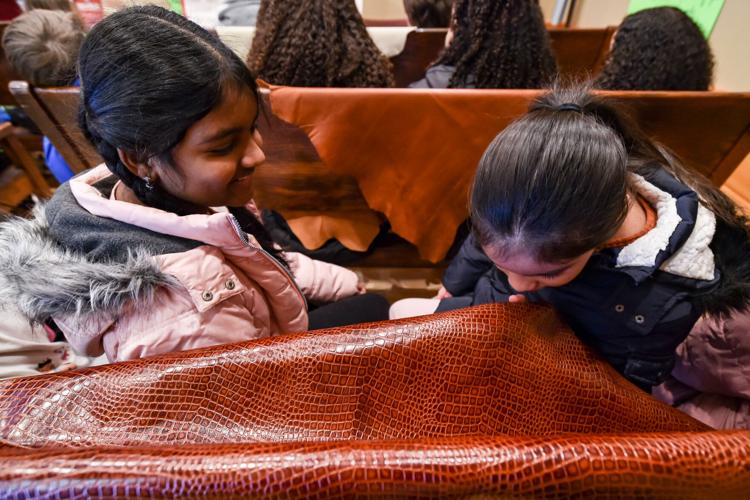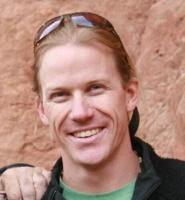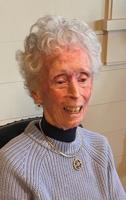PEABODY — Tina Manolakos was a teenager when she worked in a Peabody tannery alongside her family. Decades later, she’s teaching young students how leather is made and the history of their home.
“We are the leather capital of the world,” Manolakos said, “and it’s important to keep our heritage going.”
With help from other employees of the George Peabody House Museum and Leatherworkers Museum on Washington Street, she created this new field trip program for fourth grade classes in Peabody schools that started up over the fall.
Students come to the museum each Wednesday and Thursday during the school year for an up-close look at the leather-making process and the rich leather-history of Tanner City, which once had more than 100 leather businesses.
Today, that number has dropped to just one: Travel Leather Co.
Shoes, boots and New Balance sneakers made by the company are on display at the museum for kids to see, as are leather samples visitors can feel. Some are embossed and colorful, others closer to their natural state.
There are newspaper articles to read about leather worker strikes and photographs of the men, women and even children who worked to make the leather industry so prominent in Peabody.
Kids learn how large cast iron machines in the museum once stretched and cut leather right there in Peabody. They wrap up the tour with a video about the decline of the local leather industry, but that’s not the main thing they take away, said Center School teacher Scott McAllister-Dionne, who visited the museum with his class Wednesday.
“It’s important to know where you come from,” he said. “A lot of them just look at [Peabody] as the place that they live, but we live in a part of the country that’s so historical and has so many great stories about it.”
One of these stories is Manolakos’ own. After coming to America with her family from Greece as a 5-year-old girl in the 1950s, she and her siblings learned English in Peabody schools and joined her parents in the city’s biggest trade.
Manolakos worked alongside her mother at New England Sportswear. There, her mother stitched pieces of leather into jackets and other products, while Manolakos checked freshly cut pieces of leather for imperfections before tying them up to give to the factory’s stitchers.
“Just like Salem has kept his heritage,” she said, “I think it’s important that we value our legal immigrant families who brought Peabody to where it is.”
The museum is open from 1-5 p.m. on Tuesdays and Thursdays, and from 10 a.m.-3 p.m. on Saturdays.
It first opened in 2001, but was temporarily converted to the city’s pop-up children’s museum, “Curious City,” in 2019. After that museum moved to Main Street permanently under a new name, the Leatherworkers Museum reopened last year.
Although the museum is focused on local history, most visitors are from out of state, said Mary McHugh, who works at the museum and George Peabody House.
She hopes more Peabody residents will stop by to learn about their roots.
“We want people to know we’re here,” McHugh said. “All these leather factories are gone, so we want to re-educate and bring the history back. Peabody has a lot of history.”
Contact Caroline Enos at CEnos@northofboston.com.



















